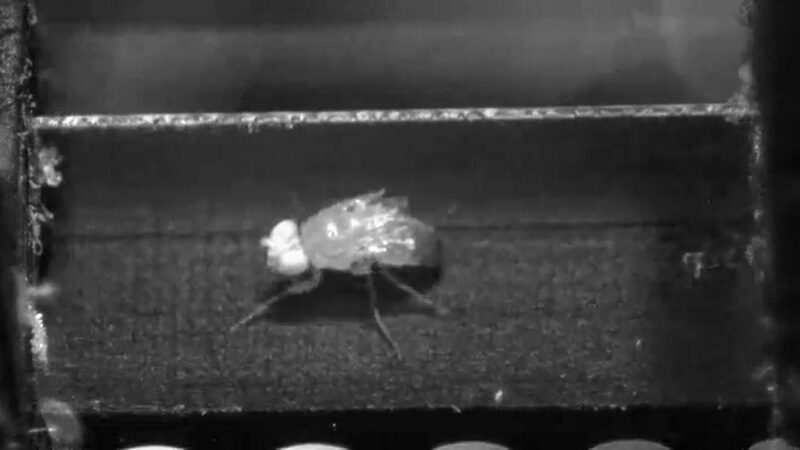Diamonds in nature famously form under immense pressure in Earth’s mantle. But a new lab technique allows diamonds to skip the squeeze.
It grows diamonds at normal pressure on Earth’s surface.
The process starts with a liquid of gallium, iron, nickel and silicon. Researchers then expose that liquid to a carbon-rich methane gas as well as to hydrogen. Carbon atoms dissolve in the liquid. Now they’re free to lock together in a diamond’s crystal structure.
Scientists described this new process April 24 in Nature.
Let’s learn about diamond
Silicon, in particular, seemed to kick-start the early stages of diamond growth. This element allowed a tiny bit of diamond to come together, says Rodney Ruoff. From that, the rest of a crystal could grow. Ruoff is a physical chemist who worked on the research. He’s based at the Institute for Basic Science Center for Multidimensional Carbon Materials. That’s in Ulsan, South Korea.
The most common way to make synthetic diamonds is called HPHT growth. Those initials stand for high pressure and high temperature. HPHT requires some 5 gigapascals of pressure. That’s similar to the pressure in Earth’s upper mantle where natural diamonds form. HPHT also requires high heat — around 1,400° Celsius (2,550° Fahrenheit). In such extreme conditions, carbon will dissolve into a liquid metal, which allows diamond crystals to form.
The new technique doesn’t just avoid needing immense pressures. It also requires somewhat lower temps: just 1,025 °C (1,900 °F).
Engineers can also make diamonds in the lab through a low-pressure process. It’s called CVD, for chemical vapor deposition. Here, a carbon-rich gas gloms onto a surface.
CVD — like HPHT — needs a starting seed of diamond to grow more. The new technique doesn’t. It basically needs no expensive or complex equipment at all, Ruoff says.
CVD and HPHT are already widely used to make jewelry. The technique created by Ruoff’s team might someday make similar bling. But diamonds are a tool in science, too. Devices made of diamond can sense magnetic fields, for instance. Other diamond devices can search for never-before-seen subatomic particles.




